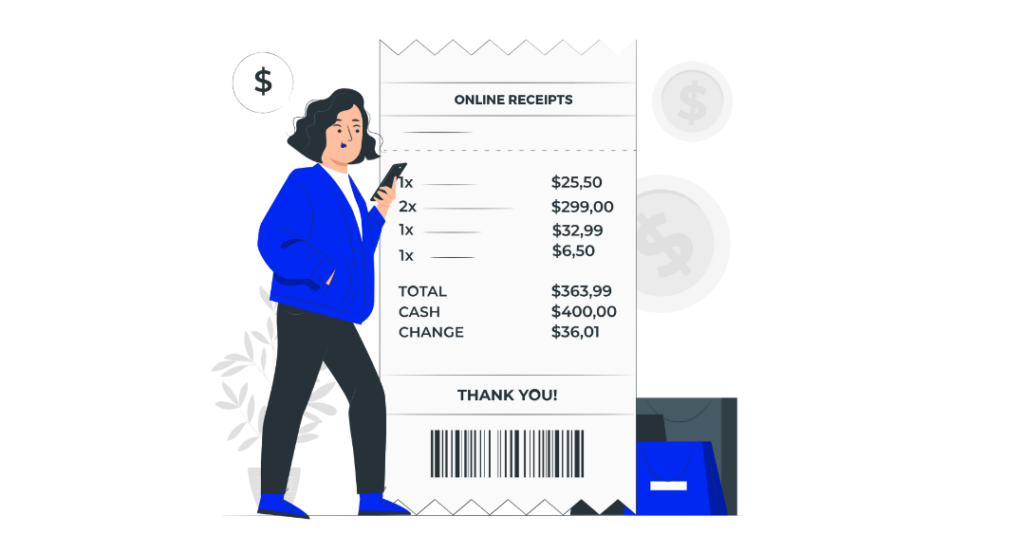Introduction to The Power of Changing
In the intricate ecosystem of organizations, the dynamics of roles assigned to members can either be a driving force for growth and innovation or a hindrance to progress. Traditional organizational structures often confine individuals to predefined roles with limited autonomy and accountability. However, a paradigm shift is underway—one that emphasizes the transformation of member roles into owner roles.
This transformative concept holds the promise of revolutionizing organizational culture, fostering empowerment, and unlocking untapped potential within teams and communities. It represents a departure from conventional hierarchical models towards a more inclusive, collaborative, and agile approach to leadership and decision-making.
The power of changing member roles to owner roles lies in its ability to cultivate a sense of ownership, accountability, and commitment among individuals at all levels of an organization. It transcends mere titles and positions, empowering individuals to take ownership of their work, contribute meaningfully to the organization’s objectives, and drive collective success.
The Process of Changing a Member’s Role to an Owner Role
The process of changing a member’s role to an owner role involves a deliberate and strategic approach aimed at fostering a culture of ownership, accountability, and empowerment within an organization. Here’s a step-by-step guide to facilitate this transformation:
Assess Current Organizational Culture:
Before initiating any changes, it’s essential to assess the current organizational culture, including existing roles, communication channels, decision-making processes, and levels of employee engagement. Understanding the strengths and weaknesses of the current culture provides valuable insights into areas that require improvement.
Define Clear Objectives and Vision:
Clearly articulate the objectives and vision behind transitioning member roles to owner roles. Communicate the benefits of this shift, such as increased employee engagement, enhanced innovation, and improved organizational performance. Ensure that all stakeholders understand the purpose and expected outcomes of the change.
Create a Shared Understanding of Ownership:
Educate employees about the concept of ownership and its significance within the organization. Help them understand that ownership goes beyond job titles or responsibilities—it’s about taking initiative, demonstrating accountability, and actively contributing to the organization’s success. Encourage discussions and feedback to foster a shared understanding of what ownership means in practice.
Empower Employees with Decision-Making Authority:
Empower employees by granting them decision-making authority and autonomy within their respective roles. Encourage them to take ownership of their work, make informed decisions, and take calculated risks when necessary. Provide guidelines and support structures to ensure that employees feel confident and supported in their decision-making responsibilities.
Promote Open Communication and Transparency:
Cultivate a culture of open communication and transparency where employees feel comfortable sharing ideas, concerns, and feedback. Encourage regular dialogue between employees and leadership to foster a sense of trust and collaboration. Keep employees informed about organizational changes, goals, and performance metrics to align their efforts with the broader objectives of the organization.
The Benefits of Changing a Member’s Role to an Owner Role
Transitioning from member roles to owner roles within an organization offers numerous benefits that can profoundly impact its culture, performance, and long-term success. Here are some key advantages:
Increased Engagement and Motivation:
When individuals are given ownership roles, they feel a greater sense of responsibility and accountability for the organization’s success. This heightened level of engagement leads to increased motivation and commitment to achieving shared goals. Employees are more likely to go above and beyond their job descriptions, taking pride in their contributions and striving for excellence in their work.
Enhanced Innovation and Creativity:
Ownership roles empower individuals to take initiative, explore new ideas, and experiment with innovative solutions. By fostering a culture of ownership, organizations encourage creativity and risk-taking, leading to breakthrough innovations and continuous improvement. Employees feel empowered to challenge the status quo, propose alternative approaches, and contribute to the organization’s growth and competitiveness.
Improved Problem-Solving and Decision-Making:
When employees have ownership over their roles, they are more proactive in identifying and addressing challenges. They feel empowered to make decisions autonomously, based on their expertise and understanding of the organization’s objectives. This decentralized decision-making process fosters agility and responsiveness, enabling organizations to adapt quickly to changing market conditions and emerging opportunities.
Strengthened Collaboration and Teamwork:
Ownership roles encourage collaboration and teamwork among employees, as individuals recognize their interdependence and shared responsibility for achieving organizational goals. By promoting open communication and mutual support, organizations create a supportive environment where employees collaborate effectively, leverage each other’s strengths, and achieve collective success.
Enhanced Employee Satisfaction and Retention:
Employees who feel valued and empowered in their roles are more likely to experience job satisfaction and fulfillment. Ownership roles provide opportunities for professional growth, skill development, and career advancement, contributing to higher levels of employee retention and loyalty. When employees see a clear path for growth and recognize the impact of their contributions, they are more likely to remain committed to the organization for the long term.
In conclusion,
The power of changing member roles to owner roles cannot be overstated. By empowering individuals with a sense of ownership, accountability, and autonomy, organizations can unleash untapped potential, foster innovation, and cultivate a more inclusive and engaged workforce. It’s not just about changing titles; it’s about transforming mindsets and creating a culture where everyone feels empowered to contribute their best and make a meaningful impact.




